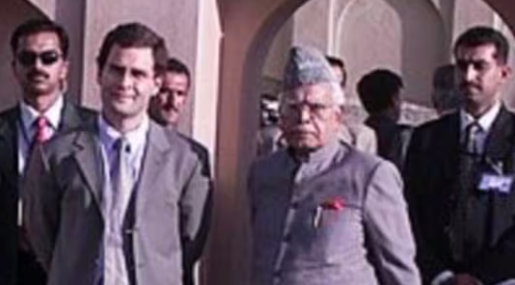In a development that has added fuel to the ongoing religious discourse surrounding the Ram Temple issue, an old photograph of Rahul Gandhi at Babur Tomb has surfaced, drawing sharp criticism from the Bharatiya Janata Party (BJP). The image has reignited debates on the political landscape as the country witnesses heightened tensions over matters of faith and heritage.
The photograph, reportedly taken several years ago, captures the opposition leader standing near the historical Babur Tomb, which is often associated with the first Mughal Emperor, Babur. As the Ram Temple issue continues to dominate public discussions, this image has become a focal point for critics who allege a lack of sensitivity towards Hindu sentiments.
The BJP, quick to capitalize on the emergence of the photograph, has accused Rahul Gandhi of exhibiting “Hindu hatred” by associating himself with a site historically linked to Babur, whose reign is perceived by some as emblematic of the era when many Hindu temples were destroyed. The political mudslinging has intensified, with the ruling party using the photograph as ammunition against the Congress leader.
On the other hand, Rahul Gandhi has not directly addressed the controversy but has emphasized his commitment to secularism and religious harmony. Congress party members have defended the leader, claiming that the photograph is being misinterpreted and taken out of context for political gains.
As the nation grapples with divisive debates surrounding faith and identity, this episode adds a new dimension to the complex political landscape. The Ram Temple issue has been a longstanding point of contention, and the re-emergence of the photograph further polarizes public opinion.
Observers note that the controversy highlights the challenges political leaders face in navigating the intricate web of religious sentiments in a diverse and pluralistic society like India. The timing of the photograph’s release, amid the Ram Temple row, amplifies its impact on public discourse and political posturing.
As the nation awaits further developments in this controversy, the incident serves as a stark reminder of the delicate balance required in addressing religious sentiments while engaging in political discourse. The ramifications of such controversies may extend beyond the immediate political arena, influencing public perceptions in the lead-up to key elections and shaping the narrative of communal harmony in the country.


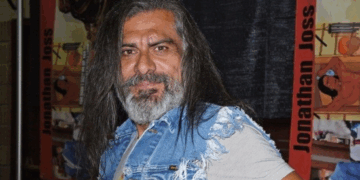
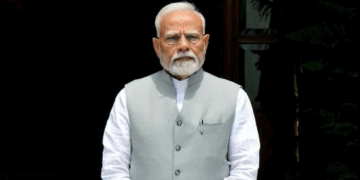

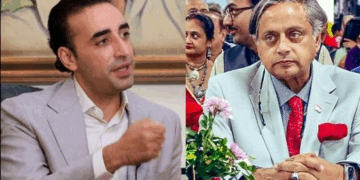

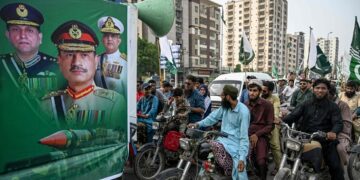
 India
India
